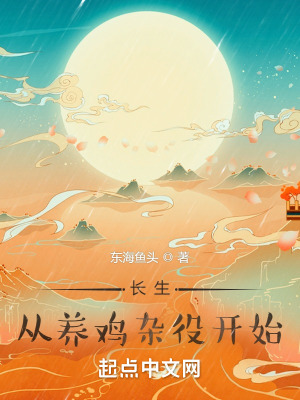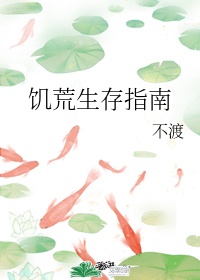
Japonensis (18-20 AD)The years 18-20 AD marked an important period in Japan’s history, known as the Japonensis period. During this time, Japan underwent significant cultural and political changes that had a lasting impact on the country.One of the most notable events during this time was the reign of Empress Suiko, the first female monarch of Japan. Empress Suiko ruled from 592 to 628 AD and is credited with consolidating the power of the Yamato clan and promoting Buddhism in Japan. Her reign marked the beginning of a long period of stability and prosperity in Japan.Another important development during the Japonensis period was the introduction of Buddhism to Japan. Buddhism was brought to Japan by Korean monks in the 6th century AD and quickly became a dominant religion in the country. The spread of Buddhism had a profound effect on Japanese culture and society, influencing art, architecture, and literature.During the Japonensis period, Japan also saw the rise of powerful clans, such as the Mononobe and Soga clans, who vied for control of the imperial court. These clans played a significant role in shaping Japan’s political landscape during this time, often engaging in power struggles and conflicts with each other.The Japonensis period was also a time of cultural flourishing in Japan. The country saw the development of new art forms, such as the elegant and refined style of courtly poetry known as waka. Japanese literature also flourished during this time, with the compilation of the Manyoshu, a collection of ancient poems that is considered one of the great works of Japanese literature.Overall, the Japonensis period was a time of growth and change for Japan. The country experienced significant political and cultural developments that laid the groundwork for its future prosperity. Empress Suiko’s reign, the spread of Buddhism, and the rise of powerful clans all shaped Japan’s history and culture during this important period.











